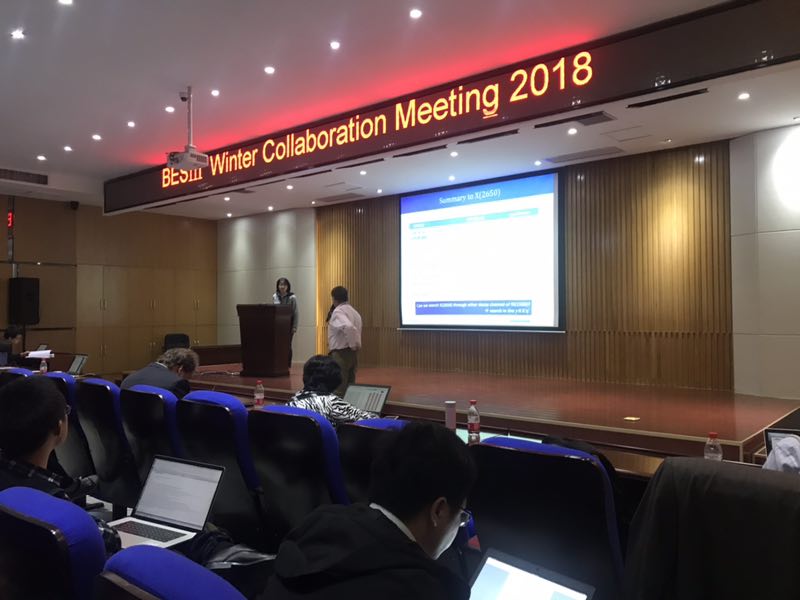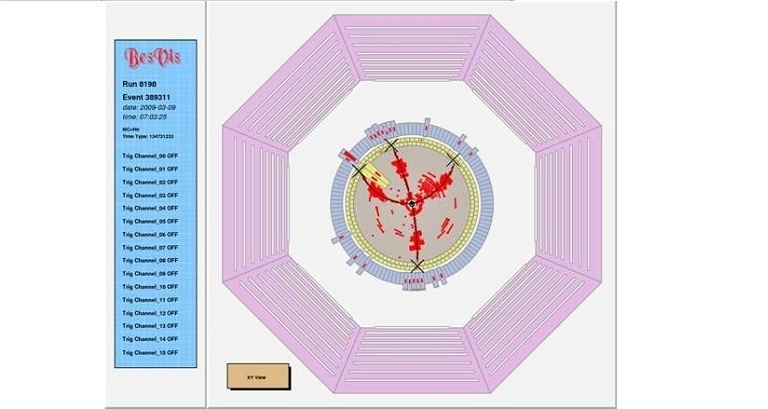BESIII Collaboration Holds 2018 Winter Meeting
The Beijing Spectrometer III (BESIII) Collaboration held its 2018 Winter Meeting at Wuhan University (WHU) in Hubei, China from Nov. 26-30. More than 200 scientists, engineers and students from 48 research institutions in China, Germany, Italy, the United States, Russia, Sweden and the Netherlands, etc. presented their latest work on the accelerator, detector, software, and analyses at BESIII.
Attendees also discussed new applications to join the experiment, the management of the collaboration, and data-taking plans. More than 80 talks were presented. The collaboration has been studying the physics reach and potential of the accelerator and detector, for a program lasting another five to 10 years. A white paper documenting these studies will be published in the near future.
Prof. Lyu Xiaorui from the University of the Chinese Academy of Sciences was elected co-spokesperson of the collaboration. He replaced Peng Haiping, from the University of Science and Technology of China, who will now serve on the executive board advising the spokespersons. The BESIII Collaboration welcomed Shandong Normal University as a new member. As of this meeting, the collaboration consists of 67 institutions from 14 countries. The next BESIII workshop will be held at Hunan Normal University in March 2019.
Prof. Wolfgang Kuehn and Prof. Li Haibo delivered two separate public lectures on particle physics and the history of the Beijing Electron Positron Collider/Beijing Spectrometer (BEPC/BES), respectively, to faculty and students of Wuhan University during the collaboration meeting.
The Beijing Electron Positron Collider (BEPC) was the first large-scale science facility in China and went into service in 1988. It was updated to BEPCII in 2009 and became an international leading accelerator facility on tau-charm energy. BESIII is the detector located at the collision point of BEPCII.
Numerous important results have been achieved over the past 30 years, including the accurate measurement of the mass of tau lepton, a precise measurement of the R value, and the discoveries of a new resonance state X(1835) and “tetraquark candidate” Zc(3900). In recent years, significant progress has been made in the accurate measurement of the weak decays of charmed particles, hadron physics, and the search for new particles and physics beyond the Standard Model. Since its first data taking in 2009, BESIII has published 229 papers in peer-reviewed journals.

BESIII Collaboration Holds 2018 Winter Meeting (Image by IHEP)
Contact Information
Mr. Guo Lijun
ljguo@ihep.ac.cn
